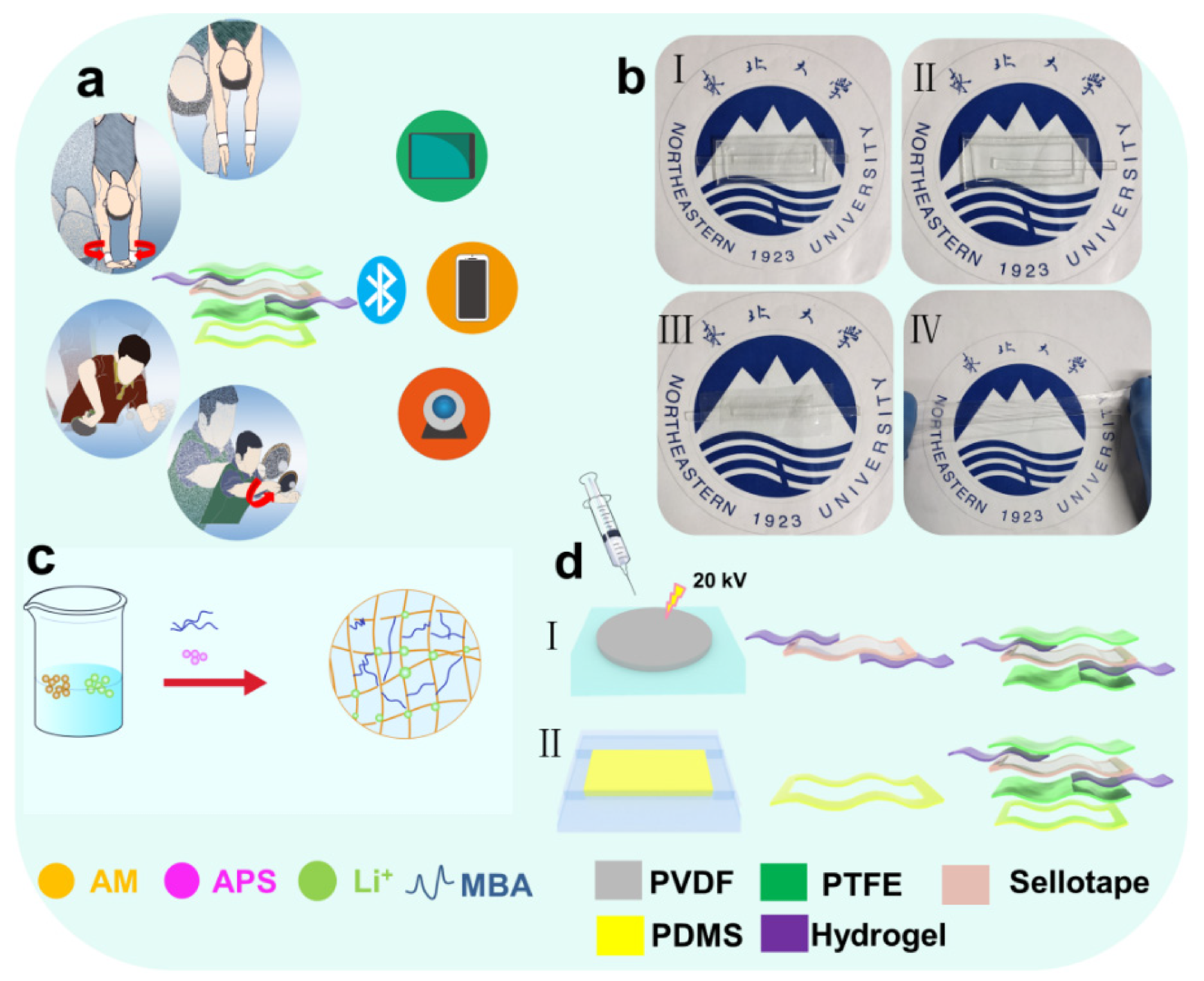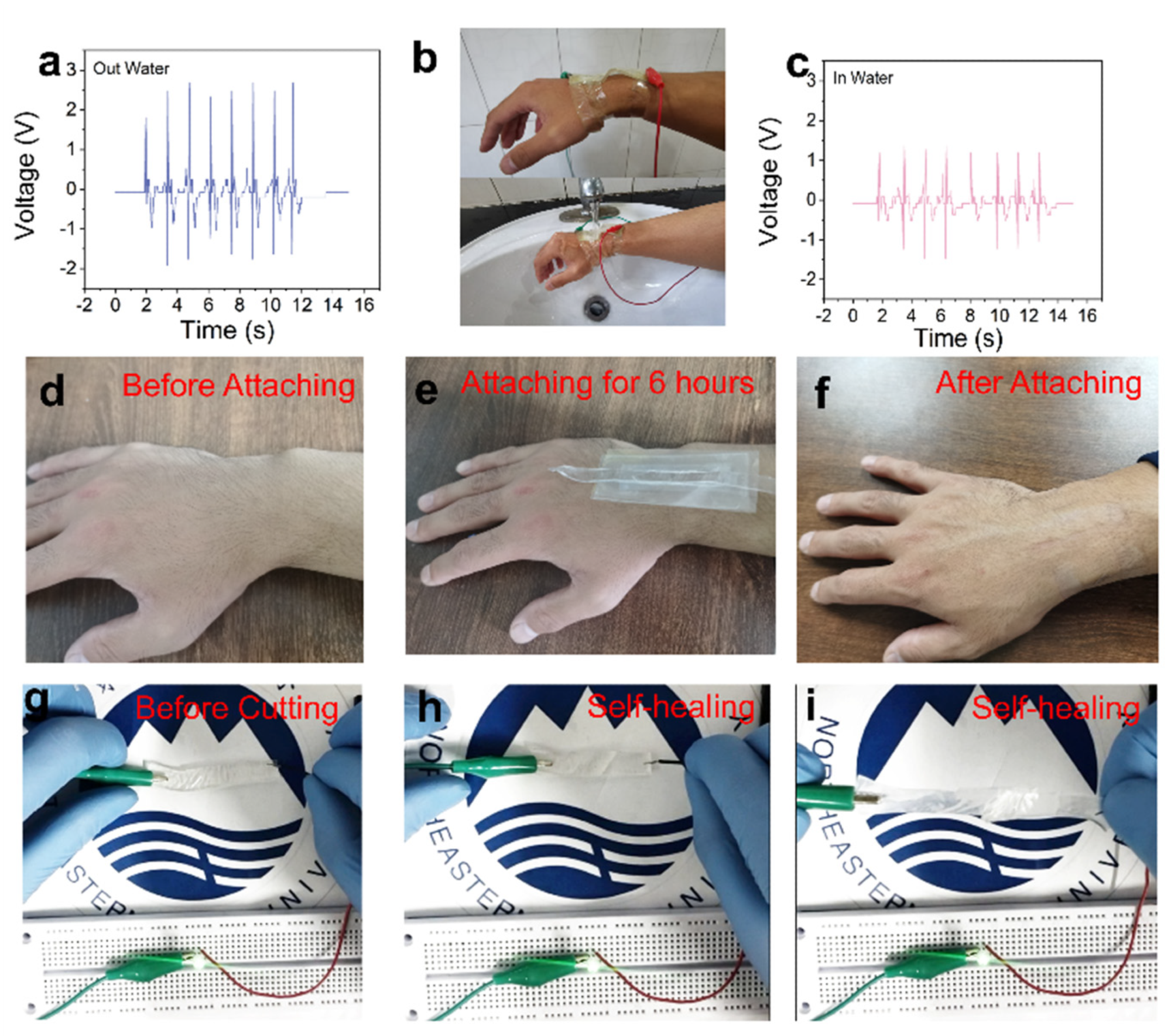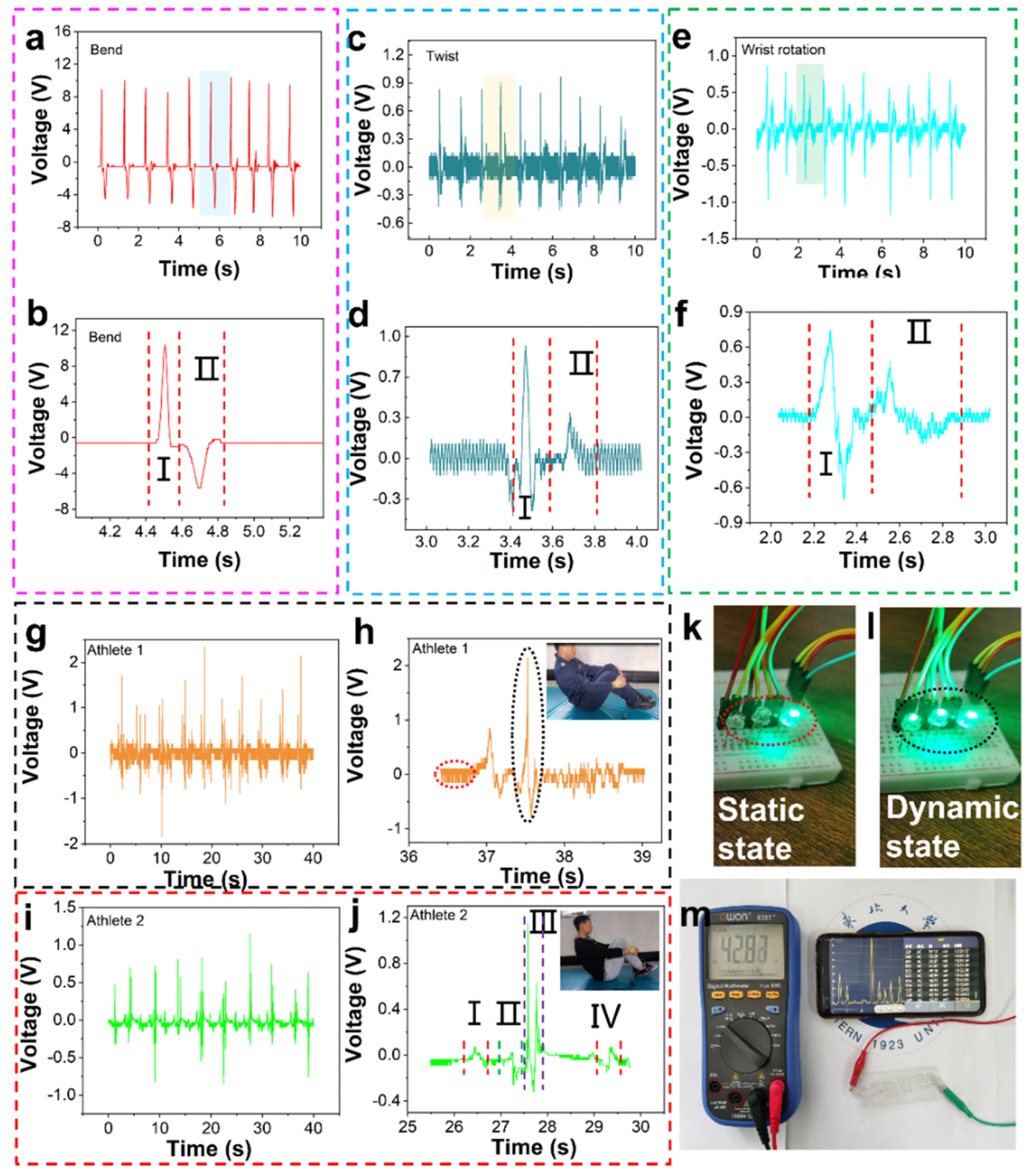A piezoelectric-triboelectric sport sensor (PTSS) consisting of PENG, TENG, and a stretchable transparent self-healing hydrogel-based electrode was developed in a study published in the journal Nanomaterials.

Study: A Stretchable and Self-Healing Hybrid Nano-Generator for Human Motion Monitoring. Image Credit: metamorworks/Shutterstock.com
The wearable hybridized nano-generator is elastic, translucent, and stretchy and may be employed as a wearable motion tracking sensor, providing a new technique for sports science, movement detection, and human-computer interface.
The Mechanics of Diving
'Rip entry' is an essential diving technique. The entrance of divers into the pool is a solid-fluid interaction phenomenon. This technique assists divers in reducing contact force as they adjust their hands in a squared form when entering the pool.
In contrast, if divers' hands encounter the pool in a wedged form, the water escapes in the region of reduced pressure.
The greater the angle of the wedge, the larger the wave height and the bigger will be the splash. As a result, divers need to rapidly form their hands into a squared shape as they enter the water.
The rip entry action is more than just sliding the hands inward. Divers must perform this technique based on the path of rotation, the speed with which they can fold their palms, and the palm position. For learning high-quality motions, instructors and divers need to scientifically monitor this technique throughout the training and practice phases.
Research has been focused on investigating the rip entry technique in biomechanics of the sport. Even so, analyzing this technique is still a niche market.
To begin with, the finger joints and palms are tiny, and a solitary high-speed camera cannot record the movement successfully. Furthermore, competitors' hands must stay in a square form before hitting the water.
According to recent research, the majority of wearable sensors are only capable of flexing in the longitudinal direction. The stretchability and pliability of these sensory devices need improvement for twist movements.
Meanwhile, when capacitive and resistive sensors are submerged in water, there is a possibility of electric leaking. As a result, a self-powered, soft, and pliable sensor that can be utilized to monitor "Rip entrance" technology must be created. Furthermore, this could be useful for science-based training of divers and provide innovative ideas for various other sports monitoring purposes, such as backhand twisting and pulling motion in table tennis, and shot put.

The drawing of the PTSS and its applications. (a) Scene of how the PTSS is used for sports. (b) Optical image of the PTSS (I), TENG (II), PENG (III), and hydrogel (IV). (c) Manufacturing step of the hydrogel. (d) Manufacturing step of the PVDF film and PDMS substrate and schematic diagram of the PTSS combination. © Zhu, Y., Sun, F., Jia, C., Zhao, T., & Mao, Y. (2022).
Advancements in TENG and PENG Devices
Fitness and sports have received increasing attention in recent times. With the advancement of the Internet of Things (IoT) and big data, a significant number of stretchable intelligent movement sensors have been developed.
TENG (triboelectric nano-generator) and PENG (piezoelectric nano-generator) devices with good operating performance, a straightforward construction, cheap cost, and long-life benefits have already been produced.
Some studies have combined TENG with PENG, which can send the pressure, acceleration, and frequencies of unpredictable and small frequency body movement signals to electrical devices, allowing for wireless communication. Meanwhile, scientists have looked at how TENG and PENG perform submerged in water, and tests have revealed that they have a sturdy design architecture and functionality. However, the gadgets are large and contain hard constructions for tracking body movements.

Scenes of waterproof, biocompatibility, and self-healing. (a–c) Test of waterproof ability. (d–f) Test of biocompatibility. (g–i) Self-healing property of hydrogel. © Zhu, Y., Sun, F., Jia, C., Zhao, T., & Mao, Y. (2022).
Making a New Self-Powered Piezoelectric-Triboelectric Sport Sensor
A novel pliable, stretchy self-healing composite nano-generator has been developed for human movement detecting sensors.
TENG, PENG, and hydrogel-based electrodes make up the self-powered sensor. The combination significantly improves power generating efficiency.
The contact-separation mode is used to achieve the linkage of the triboelectric and piezoelectric phenomena, which improves the responsiveness and measurement range even more. The hydrogel-based electrode possesses outstanding stretchability, compact size, optical transparency, strong biocompatibility, easy manufacturing, cheap cost, and a self-powering feature that can withstand rigorous activity.
PTSSs can detect many motions and activities concurrently. On tough sporting events, it has a beneficial monitoring impact. PTSSs can transform mechanical energy into electrical energy, expanding the potential for carbon neutralization and peak CO2 emissions. This discovery also addresses the issue of wireless transmission and opens up new avenues for wireless applications and sport science.

The actual test and wireless signal transmission system. (a,b) Wrist bending test and its response. (c,d) Wrist twist test and its response. (e,f) Wrist rotation test and its response. (g,h) Outputting voltage and details of Athlete 1′s 301C diving motion. (i,j) Outputting voltage and details of Athlete 2′s 301c diving motion. (k–m) Wireless Bluetooth transmission system. © Zhu, Y., Sun, F., Jia, C., Zhao, T., & Mao, Y. (2022).
Continue reading: Integrating Nanotechnology into the Internet of Things
Reference
Zhu, Y., Sun, F., Jia, C., Zhao, T., & Mao, Y. (2022). A Stretchable and Self-Healing Hybrid Nano-Generator for Human Motion Monitoring. Nanomaterials, 12(1). Available at: https://www.mdpi.com/2079-4991/12/1/104
Disclaimer: The views expressed here are those of the author expressed in their private capacity and do not necessarily represent the views of AZoM.com Limited T/A AZoNetwork the owner and operator of this website. This disclaimer forms part of the Terms and conditions of use of this website.